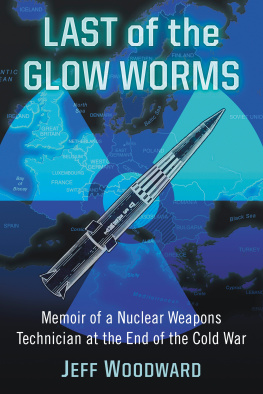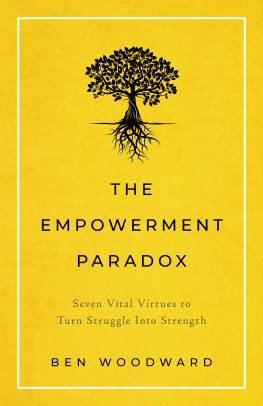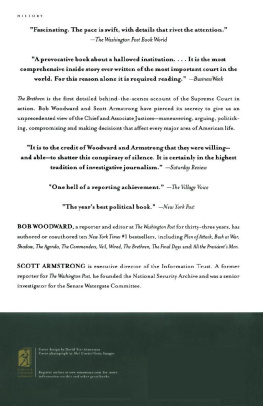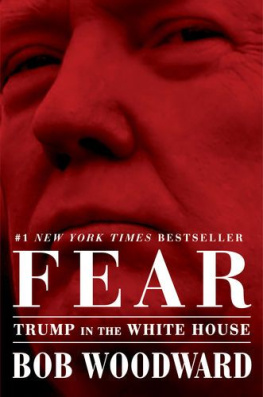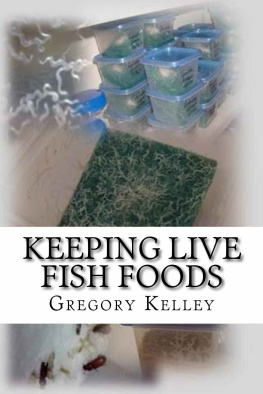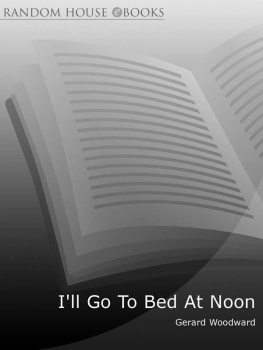Jeff Woodward - Last of the Glow Worms
Here you can read online Jeff Woodward - Last of the Glow Worms full text of the book (entire story) in english for free. Download pdf and epub, get meaning, cover and reviews about this ebook. year: 2017, publisher: McFarland, genre: Non-fiction. Description of the work, (preface) as well as reviews are available. Best literature library LitArk.com created for fans of good reading and offers a wide selection of genres:
Romance novel
Science fiction
Adventure
Detective
Science
History
Home and family
Prose
Art
Politics
Computer
Non-fiction
Religion
Business
Children
Humor
Choose a favorite category and find really read worthwhile books. Enjoy immersion in the world of imagination, feel the emotions of the characters or learn something new for yourself, make an fascinating discovery.
- Book:Last of the Glow Worms
- Author:
- Publisher:McFarland
- Genre:
- Year:2017
- Rating:4 / 5
- Favourites:Add to favourites
- Your mark:
- 80
- 1
- 2
- 3
- 4
- 5
Last of the Glow Worms: summary, description and annotation
We offer to read an annotation, description, summary or preface (depends on what the author of the book "Last of the Glow Worms" wrote himself). If you haven't found the necessary information about the book — write in the comments, we will try to find it.
Last of the Glow Worms — read online for free the complete book (whole text) full work
Below is the text of the book, divided by pages. System saving the place of the last page read, allows you to conveniently read the book "Last of the Glow Worms" online for free, without having to search again every time where you left off. Put a bookmark, and you can go to the page where you finished reading at any time.
Font size:
Interval:
Bookmark:


McFarland & Company, Inc., Publishers
Jefferson, North Carolina
LIBRARY OF CONGRESS CATALOGUING DATA ARE AVAILABLE
BRITISH LIBRARY CATALOGUING DATA ARE AVAILABLE
e-ISBN: 978-1-4766-3008-3
2017 Jeff Woodward. All rights reserved
No part of this book may be reproduced or transmitted in any form or by any means, electronic or mechanical, including photocopying or recording, or by any information storage and retrieval system, without permission in writing from the publisher.
Front cover: Diagram of Pershing II missile (United States Army); background images 2017 iStock
McFarland & Company, Inc., Publishers
Box 611, Jefferson, North Carolina 28640
www.mcfarlandpub.com
I worked methodically as the Soviet inspector stood to my left, his small, squinted eyes studying me as I removed the neutron generators from the Pershing II missile. This was the first time I had ever met an actual Soviet. The tales we heard of large, burly men ready to destroy capitalism and the American way of life fell short as I gazed upon a medium-built and bushy-eyebrowed stalwart of a beaten empire. I did not gather the courage to speak to him directly (though in retrospect, I can think of hundreds of questions I would have posed to the Soviet). His American counterpart grinned as I looked at him from the corner of my eye. I quickly placed the neutron generators on a tray set aside for the smaller parts being removed from the warhead. The other members of our team were also removing parts from their weapons systems.
Both inspectors seemed to be in a jovial mood, their teams here to watch as the United States upheld its part of the INF (Intermediate-Range Nuclear Forces) Treaty. It was the summer of 1991, and we were in the middle of Operation Silent Echo, the Armys designator for the complete disarmament of its nuclear weapons stockpile. This same procedure, removing pieces and bits from warheads that were to be later destroyed in the United States, was happening at every nuclear depot the U.S. Army maintained throughout the world. In Germany, Italy, Turkey, South Korea, Greece and the mainland United States, the other soldiers classified in our MOS (military occupational specialty 55G, nuclear weapons specialists), or, as we were so affectionately called among the artillery units, glow worms, were doing the same thing.
During the twilight of the Cold War, the United States maintained an estimated 10,000 nuclear capable missiles and artillery shells, while the Soviet Unions arsenal was estimated at 11,000. The arms race, and the concept of self-assured mutual destruction, a term coined by scientist John von Neumann during the 1950s, kept the leaders of the United States and the Soviet Union from pushing the dreaded red button. When the 1980s came to a close, and with the dissolution of the Soviet Union and the Warsaw Pact, the threat of this so-called mutual destruction diminished significantly. For those of us growing up during the Cold War, the threat was real and always a subconscious worry. The era of Glasnost and Perestroika changed the world, and the threat shifted from the superpower arms race, to smaller, rogue nations trying to acquire the technology to develop the same weapons of mass destruction.
This is an account of just one of these nuclear weapons soldiers, these glow worms, who played a pivotal role at the end of the Cold War but are among the least known of Americas atomic soldiers.
Americans love war stories. They love to read about the men and women in the military who are extraordinary, the soldiers who defy the term regular and go above and beyond the call of duty.
Sergeant Alvin York, who during World War I single-handedly killed 28 German soldiers and captured 132 others, captured the hearts of Americans during the 1920s. General George Patton, whose personality and grit made him a legend during the Second World War, is still a popular figure to study. The war stories of infantrymen, Marines, LAARPs and Special Forces soldiers who dripped blood, sweat and tears during the Vietnam conflict are numerous and are sought after by military enthusiasts.
Americans also love war heroes. They immerse themselves in their stories and imagine themselves in the heat of battle, bullets whizzing by overhead, as the hero low crawls around the still-warm bodies of his fallen comrades, outnumbered and almost out of ammunition, but defying the odds and placing the explosives at the enemy ammo dump to complete the mission.
These are the stories we love. The tales of a soldier up against seemingly impossible odds and emerging victorious. But not all military stories pertain to war. Some are of the men and women working behind the scenes, performing a duty just as important as the brave soul on the front line.
This is the true story of my journey from high school student to experienced nuke tech, all before the age of 21.
I never deployed to a combat zone; I never shot at an enemy or had a grenade thrown at me. I never drove a tank or fired a Stinger Missile; I never had to stop the bleeding of a wounded comrade or call in an airstrike on an enemy target.
The mission performed by nuclear weapons technicians during the Cold War are nonetheless just as important. There are no books written about them, no movies made, and no medals handed out. They were behind the scenes, performing maintenance on the Armys tactical nuclear warhead arsenal around the world, from the Korean Peninsula to Europe. Men and women, some still teenagers, were given top-secret clearances to perform their duties as MOS 55Gs. This duty was performed until 1992, with the final destruction of all U.S. Army tactical nuclear warheads.
During the 1980s, no one foresaw the impending collapse of the Soviet Union and the Warsaw Pact, and our movie heroes reflected it. Cartoonish characters were introduced to us through the likes of Sylvester Stallone, Chuck Norris and Arnold Schwarzenegger, who were all more than willing to take out Russians with an M60 machine gun that never ran out of bullets.
Red Dawn came out in 1984, and viewers were introduced to an alternative history. What if the Soviet Union invaded the United States? The premise was older than the year 1984, but this was the first time that moviegoers witnessed a well-cast movie that brought the premise to life.
The movie that changed the face of the Cold War aired on November 20, 1983. The Day After focuses on life in a small Kansas town after a full-scale nuclear exchange between the United States and the Soviet Union. Nuclear fallout, radiation sickness and societal collapse are all imagined in the movie. One hundred million Americans watched it when it aired, making it the highest rated TV movie in history. The Day After even had an effect on policymakers, and the INF Treaty was signed by President Ronald Reagan just four years later.
The mood of film and music throughout the Western world revolved around the possibility of nuclear war, with songs such as Nenas 99 Luftballons topping the charts in the West. It was a real-life threat that most people pushed to the back of their minds as they tried to live their everyday lives.
The use of bomb shelters and bunkers, which were popular during the 1950s, fell out of style by the 1980s. In the late 1970s until the mid1980s, we had drills in school pertaining to a nuclear detonation. They usually happened on Tuesday mornings, and we had to scramble to get underneath our wooden desks at the sound of the air siren and cover our heads. School scare films, the old black and white movies from the 1950s, were shown, such as
Next pageFont size:
Interval:
Bookmark:
Similar books «Last of the Glow Worms»
Look at similar books to Last of the Glow Worms. We have selected literature similar in name and meaning in the hope of providing readers with more options to find new, interesting, not yet read works.
Discussion, reviews of the book Last of the Glow Worms and just readers' own opinions. Leave your comments, write what you think about the work, its meaning or the main characters. Specify what exactly you liked and what you didn't like, and why you think so.

